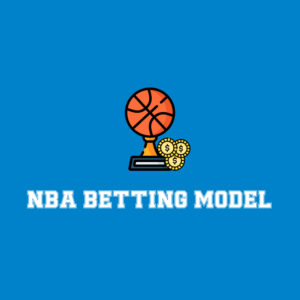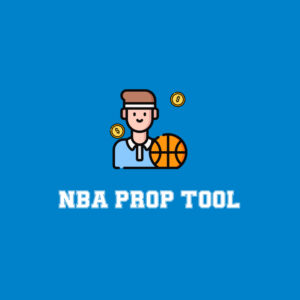
Studying and planning for what’s next is a necessity in fantasy football. Everyone knows this.
What’s less understood is the importance of looking backward. If you want to gain an edge in your fantasy leagues, you need to learn from your prior decisions. Whether these decisions were good ones or bad ones, there’s always something to be learned by going back and re-evaluating the past.
In this piece I’ll highlight the four biggest things I learned about the tight end position this year by looking back at how the 2022 season unfolded.
Check out the other entries in our What Changed series: QB | RB| WR
Travis Kelce Re-Established a Tier of His Own
Heading into the 2022 draft, Travis Kelce was the consensus TE1, but that didn’t stop a few analysts or fantasy managers from ranking Mark Andrews ahead of him. At the very least, almost everyone had Andrews in the same tier as Kelce.
After 2022, that’s no longer the case. There’s an argument to be made that Kelce was the most valuable player in all of fantasy due to the gap in points scored between him and the rest of the tight ends. Kelce finished the season with 261.3 half-PPR points — the next-closest TE was T.J. Hockenson, who finished all the way down at 172.4. That’s the definition of elite. So much so that I wouldn’t bat an eye if someone took Kelce as the 1.01 next year. The positional advantage he gives you week in and week out is something no other player can provide.
The Grass Was Greener on the Other Side
Often, when a player switches teams (or quarterbacks, head coaches, etc.), the fantasy community overreacts. At the end of the day, talent is the most important factor, but this year we saw a change of scenery provide a massive bump for two players.

T.J. Hockenson and Evan Engram both experienced career years from a fantasy perspective after joining new teams. Upon being traded to Minnesota, Hockenson wasted no time acclimating to playing alongside Justin Jefferson en route to the TE2 finish. Meanwhile, Engram developed a strong rapport with Trevor Lawrence down in Jacksonville, finishing the season as the TE6 and posting some monstrous games down the stretch. If a front office is willing to invest significant resources to acquire a tight end, they likely have plans in place to feature that player in their offense.
Experience Matters
It’s easy to get caught up in the hype train of youth – I’ll raise my hand and admit I was all aboard the Kyle Pitts hype train this offseason (I’m still on it, by the way). This year however, banking on youth at the tight end position likely left you unsatisfied. If I asked you how old the youngest TE was inside the top 10 rankings measured by PPG, what would your guess be?
The answer is 25.
The aforementioned T.J. Hockenson was the youngest of the top 10 TEs, and the average age of the group was 28.3. We all know the tight end position takes some time to develop, but often it’s hard to acknowledge just how long that development can take. If you find yourself torn between taking the upside of a guy who’s a year or two out of school, or a seasoned vet in next year’s draft, going with experience may be your best bet.
No. 3 Options Can Still Be Great for Fantasy

Clicking the “draft” button next to George Kittle or Dallas Goedert’s names this year could have made you feel a little queasy. Both are great talents in great offenses, but they happen to play alongside two great receivers in offenses that also emphasize the ground game.
Target volume was a clear red flag when drafting these two, yet on a per-game basis, Kittle (No. 2 TE) and Goedert (No. 5) both finished the season inside the top five TEs. Because these two weren’t the focal point of opposing defense’s game plans, their lack of defensive attention and elite talent allowed them to consistently accumulate chunk gains. When looking at tight ends who finished the season with at least 50 targets, Goedert (first) and Kittle (third) were two of the best in the business when measured by yards per target.
Moral of the story, if you believe a tight end has elite talent and plays in an offense that’s going to move the ball well, don’t let the surrounding talent scare you away. The tight end position is a tricky one to nail, and overlooking elite talent due to his situation could have you missing out on some solid fantasy production.





























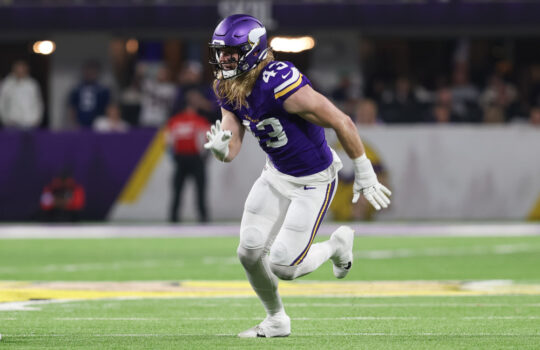



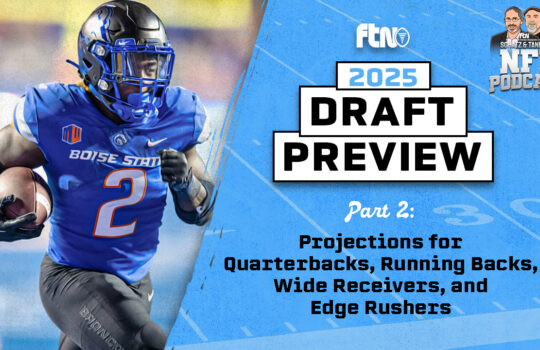

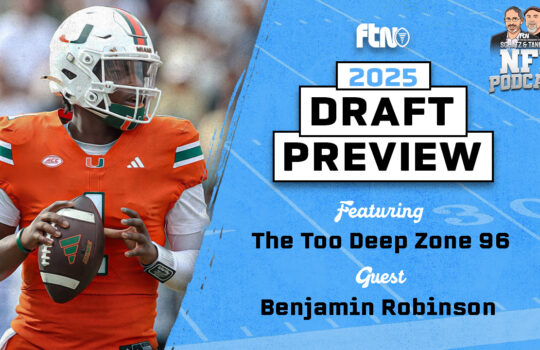











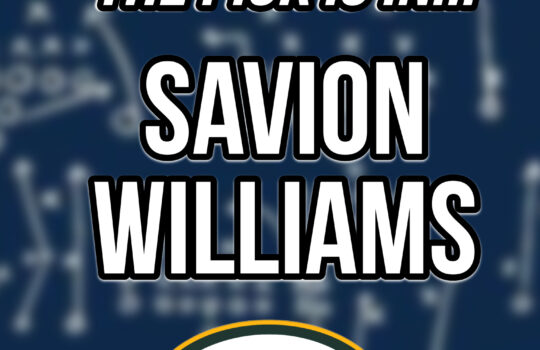
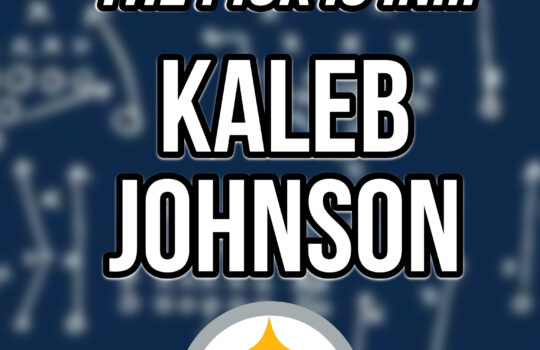

 New York Jets
New York Jets  New England Patriots
New England Patriots  Miami Dolphins
Miami Dolphins  Buffalo Bills
Buffalo Bills  Pittsburgh Steelers
Pittsburgh Steelers  Cleveland Browns
Cleveland Browns  Cincinnati Bengals
Cincinnati Bengals  Baltimore Ravens
Baltimore Ravens  Tennessee Titans
Tennessee Titans  Jacksonville Jaguars
Jacksonville Jaguars  Indianapolis Colts
Indianapolis Colts  Houston Texans
Houston Texans  Las Vegas Raiders
Las Vegas Raiders  Los Angeles Chargers
Los Angeles Chargers  Kansas City Chiefs
Kansas City Chiefs  Denver Broncos
Denver Broncos  Washington Commanders
Washington Commanders  Philadelphia Eagles
Philadelphia Eagles  New York Giants
New York Giants  Dallas Cowboys
Dallas Cowboys  Minnesota Vikings
Minnesota Vikings  Green Bay Packers
Green Bay Packers  Detroit Lions
Detroit Lions  Chicago Bears
Chicago Bears  Tampa Bay Buccaneers
Tampa Bay Buccaneers  New Orleans Saints
New Orleans Saints  Carolina Panthers
Carolina Panthers  Atlanta Falcons
Atlanta Falcons  San Francisco 49ers
San Francisco 49ers  Seattle Seahawks
Seattle Seahawks  Los Angeles Rams
Los Angeles Rams  Arizona Cardinals
Arizona Cardinals 
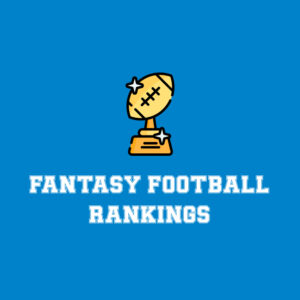
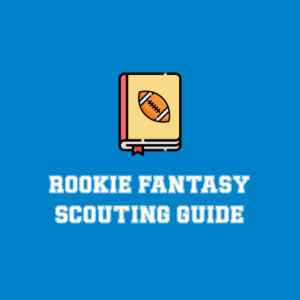






 Boston Celtics
Boston Celtics  Brooklyn Nets
Brooklyn Nets  Philadelphia 76ers
Philadelphia 76ers  New York Knicks
New York Knicks  Toronto Raptors
Toronto Raptors  Chicago Bulls
Chicago Bulls  Detroit Pistons
Detroit Pistons  Milwaukee Bucks
Milwaukee Bucks  Cleveland Cavaliers
Cleveland Cavaliers  Indiana Pacers
Indiana Pacers  Orlando Magic
Orlando Magic  Atlanta Hawks
Atlanta Hawks  Charlotte Hornets
Charlotte Hornets  Miami Heat
Miami Heat  Washington Wizards
Washington Wizards  Denver Nuggets
Denver Nuggets  Minnesota Timberwolves
Minnesota Timberwolves  Oklahoma City Thunder
Oklahoma City Thunder  Portland Trail Blazers
Portland Trail Blazers  Utah Jazz
Utah Jazz  LA Clippers
LA Clippers  Golden State Warriors
Golden State Warriors  Los Angeles Lakers
Los Angeles Lakers  Phoenix Suns
Phoenix Suns  Sacramento Kings
Sacramento Kings  Dallas Mavericks
Dallas Mavericks  Houston Rockets
Houston Rockets  Memphis Grizzlies
Memphis Grizzlies  New Orleans Pelicans
New Orleans Pelicans  San Antonio Spurs
San Antonio Spurs 
